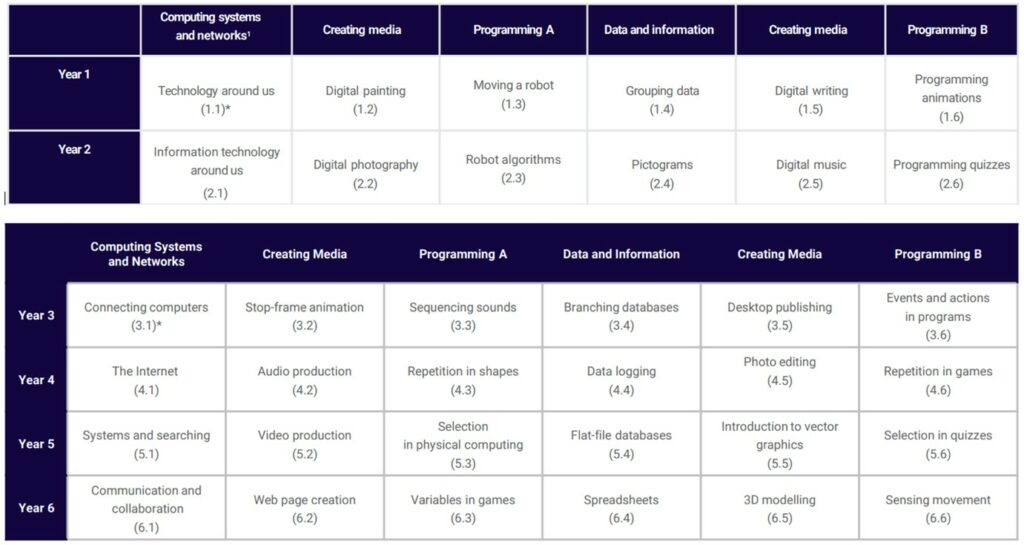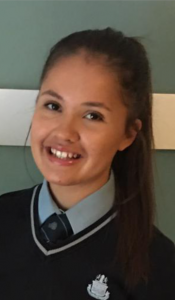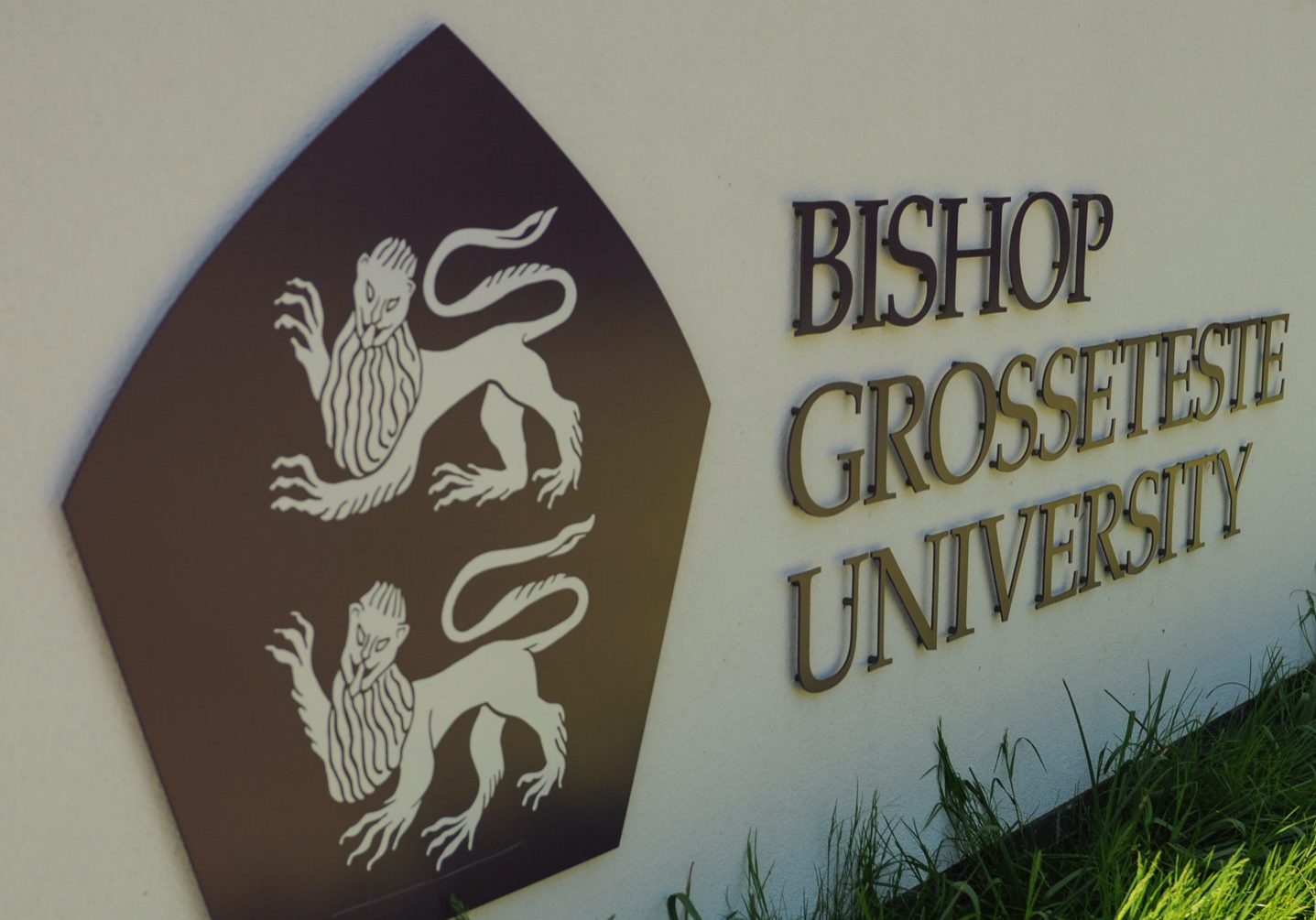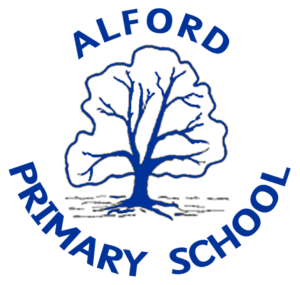
The National Curriculum set ambitious outcomes for all pupils, as detailed below.
EYFS The most relevant statements for computing are taken from the following areas of learning:
- Personal, Social and Emotional Development
- Physical Development
- Understanding the World
- Expressive Arts and Design
What the National Curriculum requires in Computing at KS1
- understand what algorithms are; how they are implemented as programs on digital devices; and that programs execute by following precise and unambiguous instructions
- create and debug simple programs
- use logical reasoning to predict the behaviour of simple programs
- use technology purposefully to create, organise, store, manipulate and retrieve digital content
- recognise common uses of information technology beyond school
- use technology safely and respectfully, keeping personal information private; identify where to go for help and support when they have concerns about content or contact on the internet or other online technologies.
What the National Curriculum requires in Computing at KS2
- design, write and debug programs that accomplish specific goals, including controlling or simulating physical systems; solve problems by decomposing them into smaller parts
- use sequence, selection, and repetition in programs; work with variables and various forms of input and output
- use logical reasoning to explain how some simple algorithms work and to detect and correct errors in algorithms and programs
- understand computer networks incl. the internet, how they can provide multiple services, such as the world wide web, and the opportunity offered for communication and collaboration
- use search technologies effectively, appreciate how results are selected and ranked, and be discerning in evaluating digital content
- select, use and combine a variety of software (including internet services) on a range of digital devices to design and create a range of programs, systems and content that accomplish given goals, including collecting, analysing, evaluating and presenting data and information
- use technology safely, respectfully and responsibly; recognise acceptable/unacceptable behaviour; identify a range of ways to report concerns about content and contact.
Intent
Our vision is for every child to have a world-leading computing education. Technology is everywhere and will play a pivotal part in students' lives. Therefore, we want to model and educate our pupils on how to use technology positively, responsibly and safely. Building our knowledge in this subject will allow pupils to effectively demonstrate their learning through creative use of technology. We also understand the accessibility opportunities technology can provide for our pupils. Our knowledge rich curriculum has to be balanced with the opportunity for pupils to apply their knowledge creatively. We encourage staff to embed computing across the whole curriculum to make learning creative and accessible. We want our pupils to be fluent with a range of tools. We will do this through the principles of the Teach Computing DFE funded scheme. This includes the pedagogical approaches of:
- Leading with concepts
- Working together
- Getting hands-on
- Teach new concepts by first unpacking complex terms and ideas
- Modelling everything
- Fostering program comprehension
- Creating projects
- Challenging misconceptions
- Making abstract concepts understandable with real world, contextual examples
- Reading and exploring code
Whole School Overview of Science Units
More details about what children will learn during each unit of work can be found by clicking on the links below.





